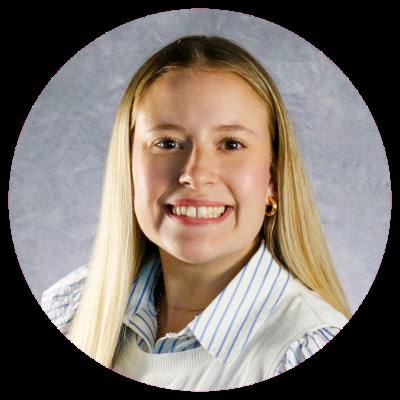Our Buda, Our Future will be implemented within the next 10 years, making preparations for 20 years of city growth, according to plan documents. A large part of Buda’s comprehensive plan focuses on housing the city’s growing population. In 2022, Buda’s population was 15,108, and the city anticipates that figure will double by 2050. Because of that, the city will need to have diverse housing options, City Manager Micah Grau said.
Buda is landlocked, which means there is limited space for where the city can grow.
A closer look
Despite being landlocked, the city’s future land use plan identifies opportunities for growth by pinpointing areas in Buda suitable for residential development as its population continues to grow.
Our Buda, Our Future earmarks:
- Vacant land on the far east, west sides for residential neighborhoods
- Recommendations for denser housing
- More housing on either side of FM 1626, FM 2001 and adjacent pockets of property along I-35
The city has approximately 2,352 acres of vacant, developable land that can be used for different types of residential uses for denser housing, according to a 2021 city-conducted study. The plan looks to fill a need for diverse housing.
It suggests that more dense land use types, including mixed-use community and neighborhood-serving retail, have the most room to grow.
The plan also balances environmental concerns and the need for amenities, such as green spaces and commercial areas. More than half of the area set aside for residential land focused on conservation is currently vacant. Most of this acreage is in the western part of the city, south of FM 967 and west of FM 1626. FM 1626 is also slated for commercial growth.
Buda’s Planning and Zoning Commission, Economic Development Corporation and City Council can now use the comprehensive plan as a reference for when they are making decisions related to zoning or development in general, according to city officials. However, actual implementation of these goals will require zoning changes in some cases and developers bringing in the desired type of projects.
A quick note
Coupled with the limited space, a 2023 bill now allows annexed residents to leave a city.
Senate Bill 2038, which passed in May during the 88th legislative session and went into effect in September, allows residents of an extraterritorial jurisdiction to leave through a petition or election.
Assistant Director of Development Services Will Parrish said that Buda’s ETJ is unlikely to grow, but a swap with Austin or Dripping Springs could enable growth.
“[If] the property owners [are] feeling like they would be able to get utility services easier ... or maybe they like the city of Buda’s rules and regulations more ... we see an opportunity as a community to serve those areas,” Parrish said.
Quote of note
"Having a diversity of housing is really just needed to suit the diversity of people that we have in a community." Micah Grau, City Manager
What it means
Each of the comprehensive plan’s land uses have recommended zoning districts.
City Planner Tyler Frost said Buda’s previous comprehensive plan was “very high level” and lacked a lot of detail. Frost is hopeful that it will provide more direction to the city’s planning and zoning commission.
“This is guidance for you; you interpret it as you see fit,” Frost told the planning and zoning commission Nov. 28.
Grau also emphasized the importance of growing strategically.
“We wanted to make sure our plans were very intentional, we had very clear expectations out there in terms of what we wanted to see developed,” Grau said.
With the plan’s adoption, there will be changes to residential zoning, and the city will look at development codes to ensure they reflect their new comprehensive plan in February.
Looking ahead
Our Buda, Our Future identifies four themes—community, activity, mobility and economy—with several objectives that will help with the plan’s integration.
Buda’s Development Services Department will work with developers and Hays CISD to facilitate efforts for integrating schools into future neighborhoods, according to plan documents.
Public Works and the development services department will also lead efforts to refine regulations that support developers who want to decrease land disturbance in natural areas through impervious cover maximums and green site design elements.
Grau encouraged Buda residents to look at the action items that outline the city’s goals.
“I’m really grateful for our citizens for taking the time to share their ideas and shaping the vision of what they think Buda should be,” he said.






